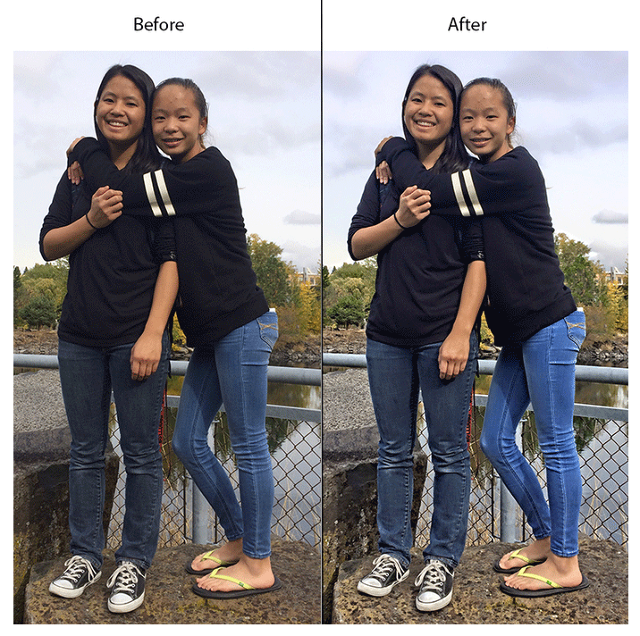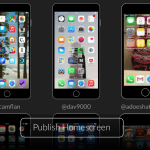How facebook’s iOS App Stands on the Shoulders of photography’s Giants
the corporate says its iOS auto-beef up software builds on the darkroom tactics of movie images masters like Ansel Adams.
January 7, 2015
fb engineers say the auto-beef up function newly brought to the provider’s iOS app wouldn’t had been that you can imagine even a few years ago, when phones just didn’t have the vital processing energy like they do today.
however the real goal of the instrument—cleansing up pictures so they give the impression of being more like what the photographer sees and wants to seize and share—is the same challenge that ultimate century’s masters of film photography would have confronted in the darkroom, says fb Engineering director Brian Cabral.
“without a doubt we had been impressed by using the masters of imaging,” he says. “They confronted sort of the identical problems each photographer did—they’re looking to artistically express thoughts or recollections, whether or not it’s in a grand manner like Ansel Adams did at Yosemite, or in a extra private approach together with your friends and family.”
indirectly, the problem is that cameras just don’t see the way people do. Our visible techniques mechanically alter for different ranges of brightness and shadow, along with relative colours, across a real-life, 3-dimensional scene. if you happen to’re looking at a bunch of people standing within the gentle in entrance of a darker historical past in actual existence, for instance, you’ll be capable of see and remember that the whole scene.

“Your eye paints an image,” says Cabral. “Your eye if truth be told adapts to the relative brightness and compensates for it.”
however a piece of film or a digital sensor doesn’t have that degree of smarts by means of itself.
“Digital sensors, in particular, are very linear: a specific amount of photographs come in, and they fireplace off a undeniable number of electrons,” says Cabral. “you could have a nice linear range, however that’s now not how you remember it; that’s not how the mind accumulated that picture.”
Cabral and his colleagues want facebook users so that you can share images that look more like their reminiscences, and the tactics the app uses—leveling out highlights and shadows and selectively smoothing out noise whereas sharpening edges—are comparable to what Adams and different giants of movie did manually by using controlling publicity in the growing course of, he says.
“whilst you look at the physical process you say, ‘Oh, they’re doing something actually different,’ but the ways are truly analogous,” Cabral says.
as an example, whereas movie photographers used physical filters to alter the light publicity, and hence the level of light or darkness, of various sections of a print, a digital device like fb’s app can create the same impact mathematically.
finding out From Leonardo
in the past hundred years or so, there have been formal scientific research of human vision and colour notion, but artists have developed and shared their intuitive understandings for tons of of years, going again at least so far as Leonardo da Vinci, Cabral says. And, he says, contributors of the fb workforce engaged on the picture app have read each scientific papers and artists’ writings.
“We’ve all read The camera and The poor,” he says, referring to 2 Ansel Adams books regarded as classics of the sphere.
but translating even smartly-understood analog tactics to digital pictures is under no circumstances trivial, since the potentialities depend upon the particulars of the hardware on hand, together with digicam sensors, processors, and monitors or printers, and how they’re being used, says Cabral.
“We’re not simplest overcoming the enter device—we’re overcoming the output software too, because the output tool has limited dynamic range,” he says.
they usually’re counting on chips powerful sufficient to scan through photography not just pixel-by way of-pixel however regionally and globally, putting together areas of the picture to make sure changes and noise corrections in point of fact make sense in context. fb’s also reacting to elevated demand, as phone pictures has long gone from a novelty to part of everyday life, with users snapping and sharing more images day by day.
“5 years in the past i believe it will were exhausting to do that—not as a result of we discovered that rather more about the masters within the last five years, it’s simply that you must have the suitable computer systems,” he says. “it’s important to have the fitting confluence of know-how and want.”
(110)














